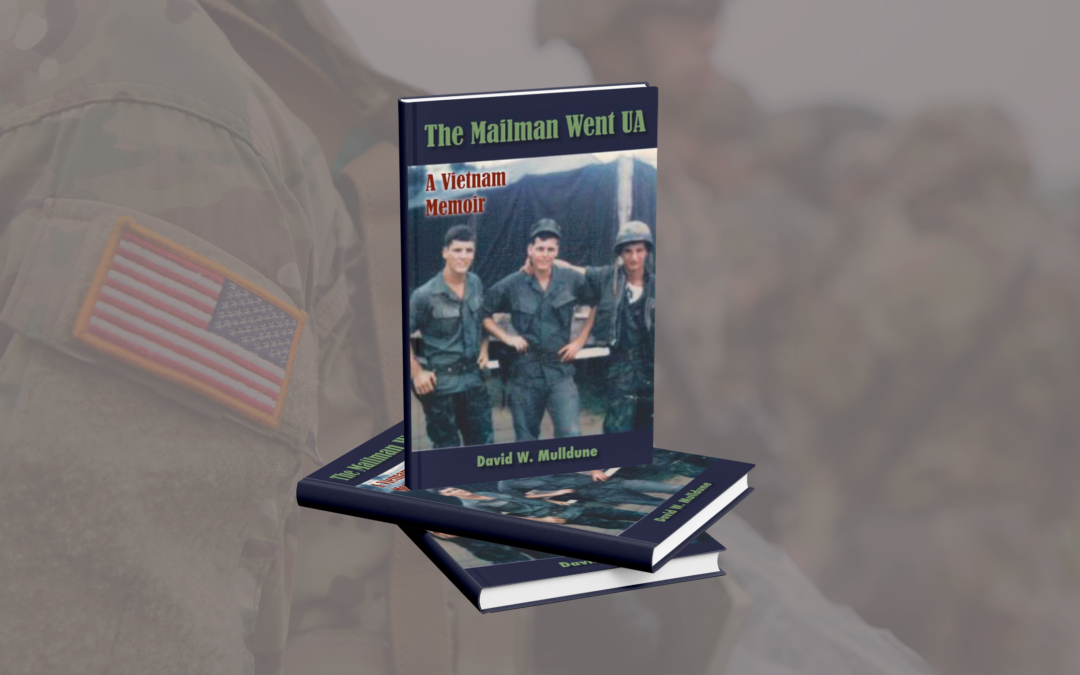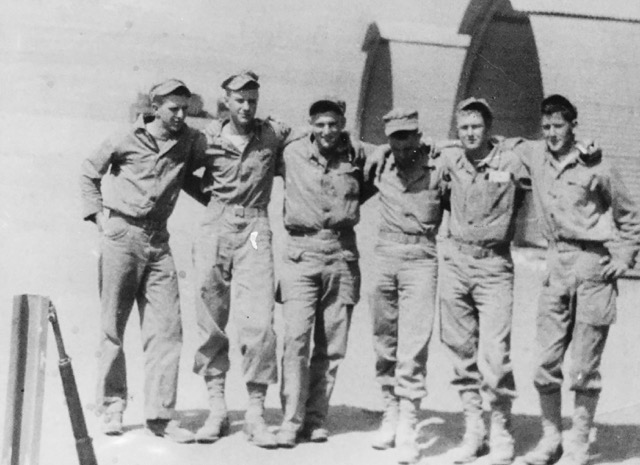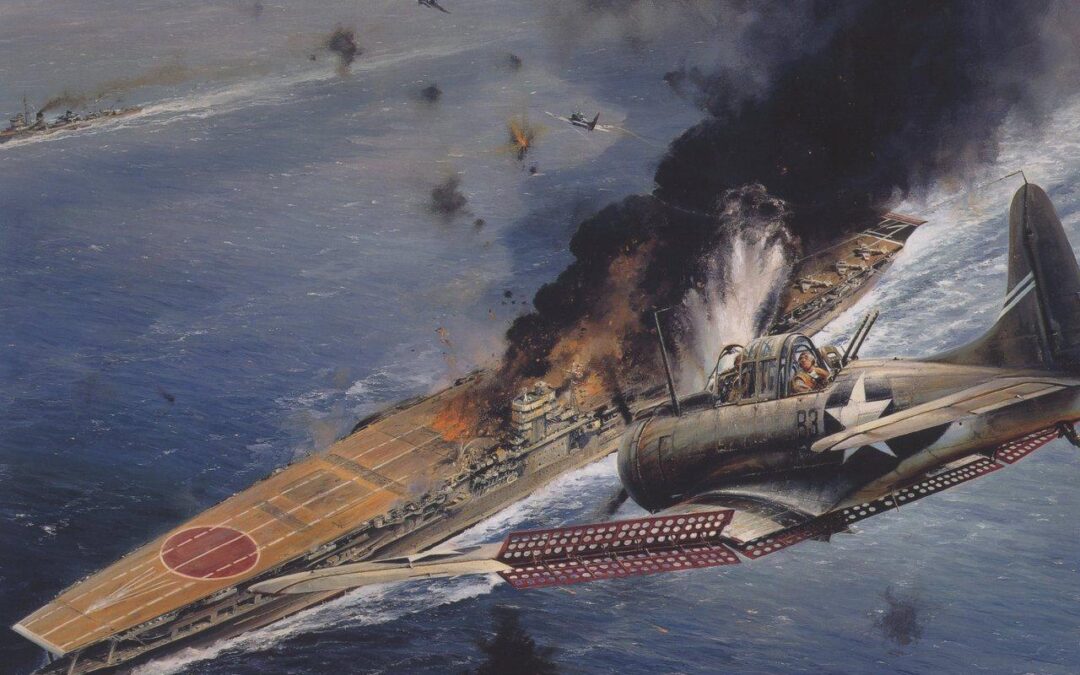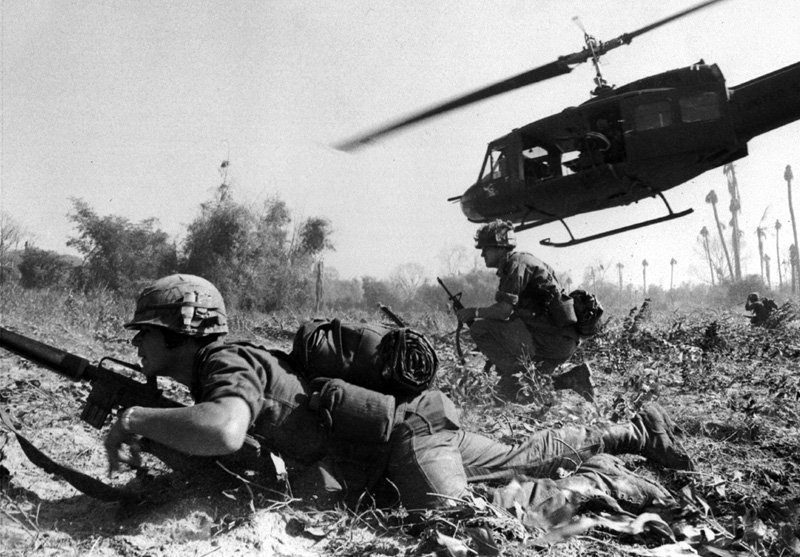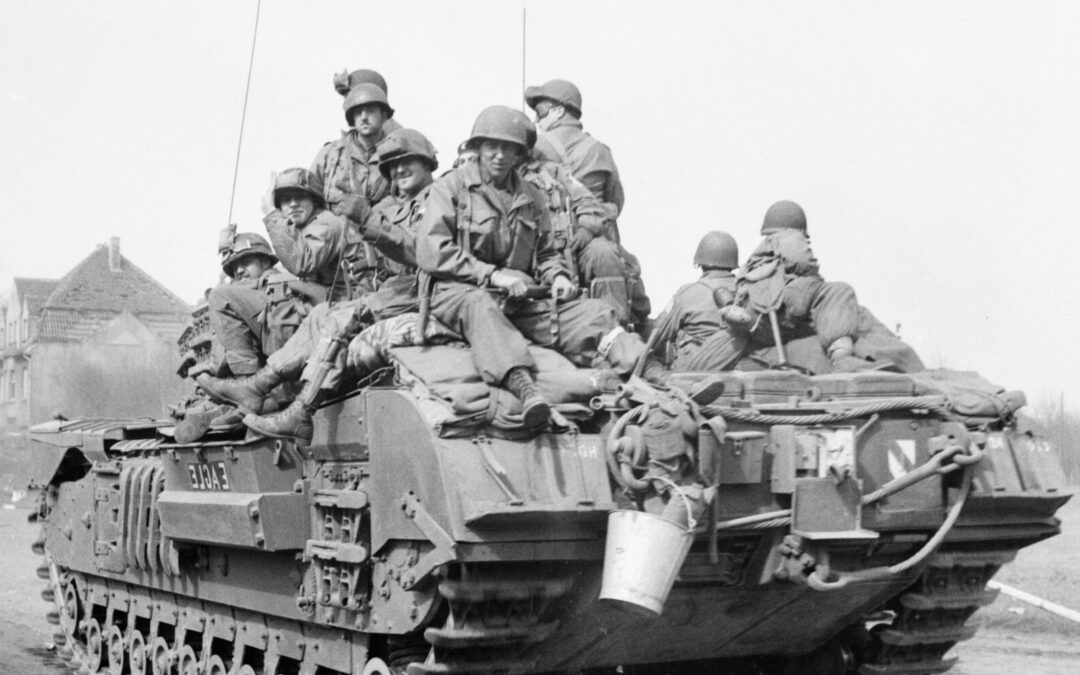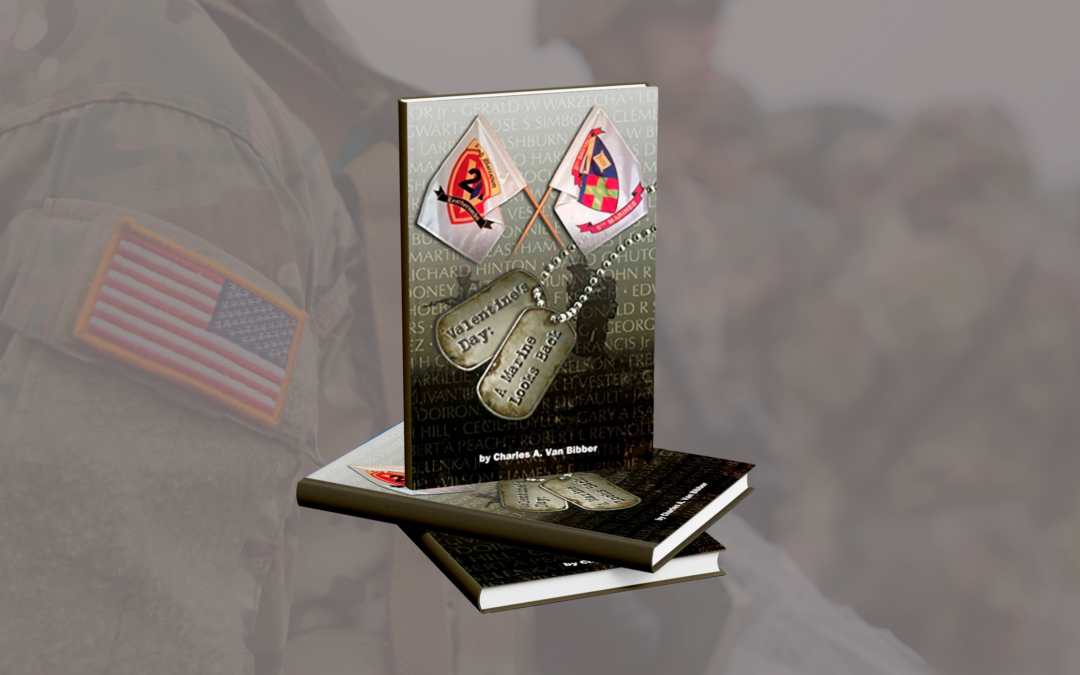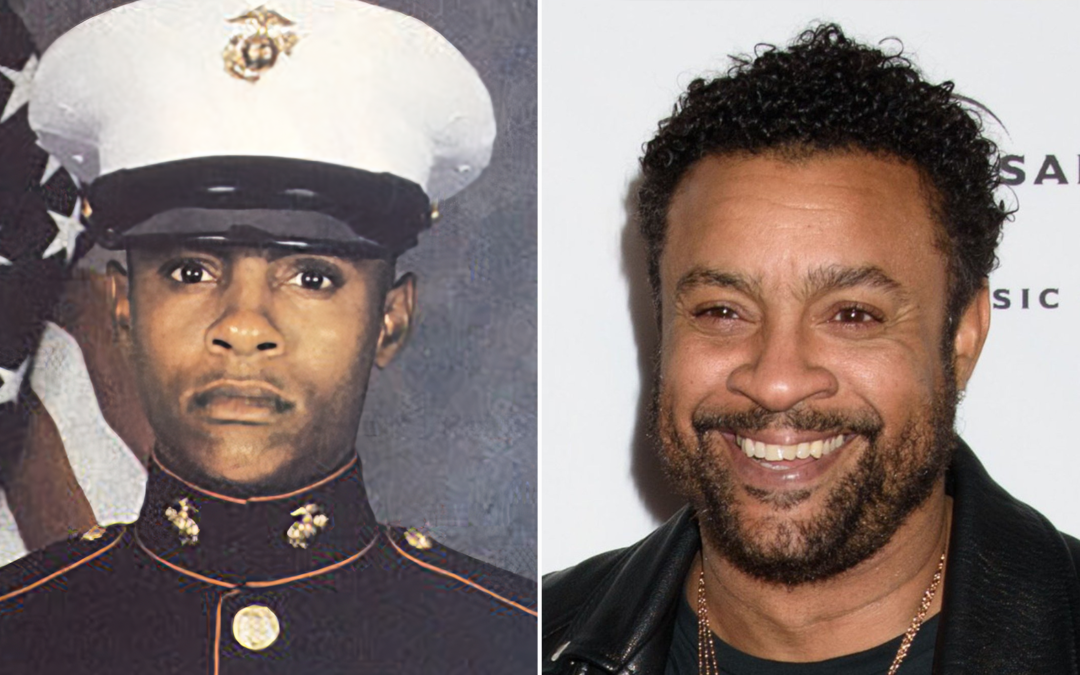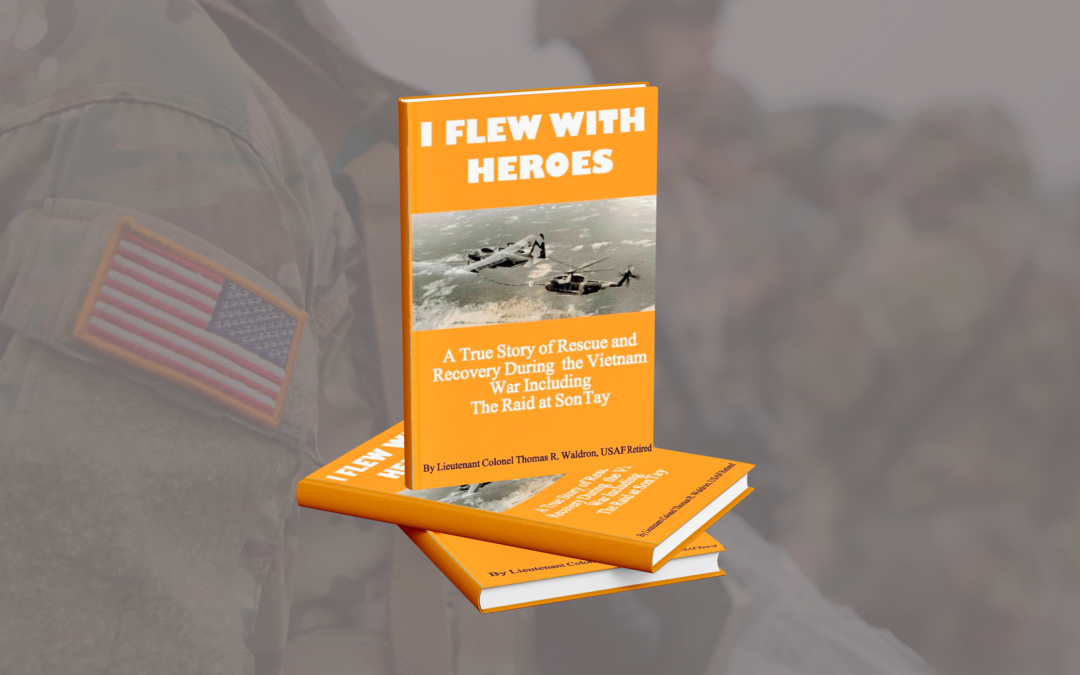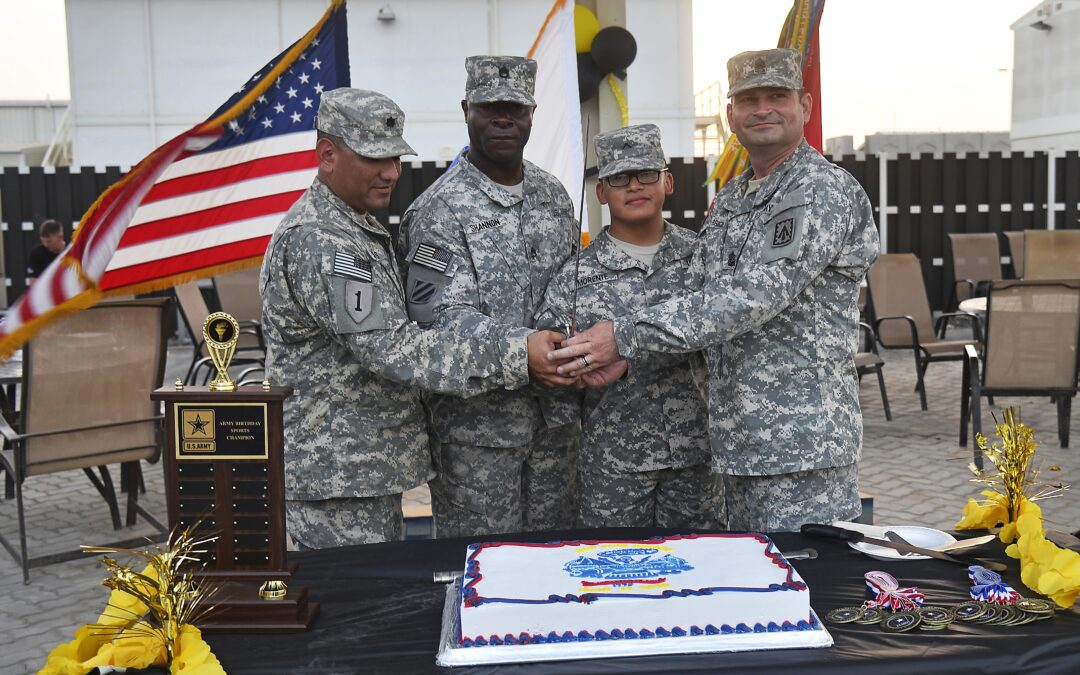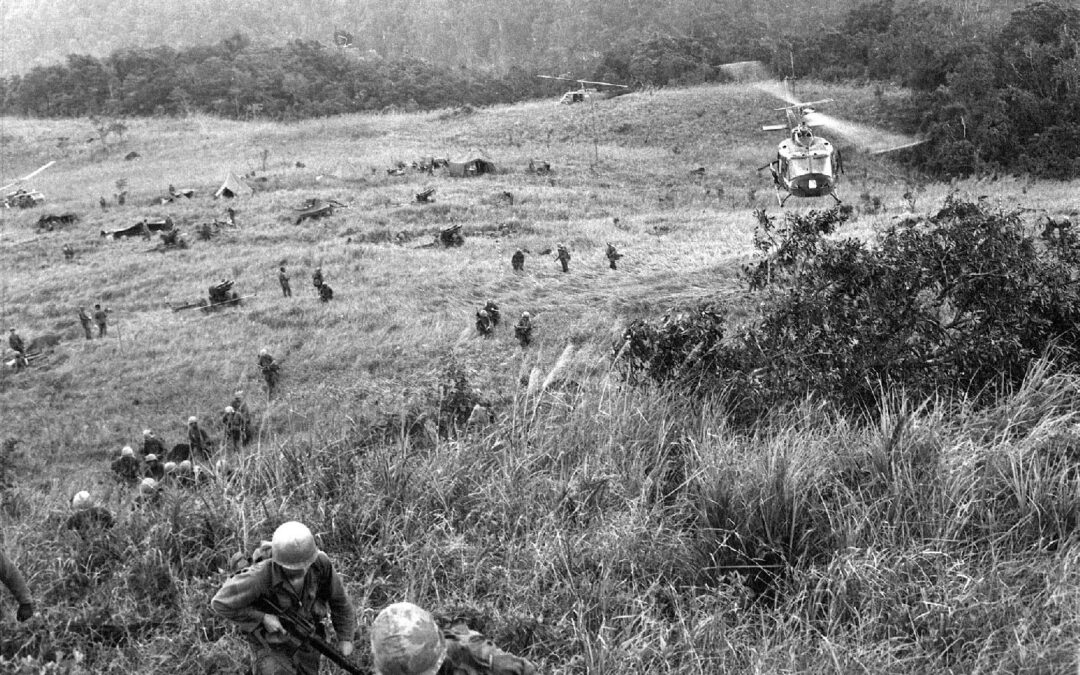The Battle of Inchon was an amphibious invasion and battle of the Korean War that resulted in a decisive victory and strategic reversal in favor of the United Nations. The operation involved some 75,000 troops and 261 naval vessels and led to the recapture of the South Korean capital of Seoul two weeks later. The code name for the operation was Operation Chromite. Amphibious Invasions Turn the Tide at Inchon The battle began on September 15, 1950, and ended on September 19th. Through a...

